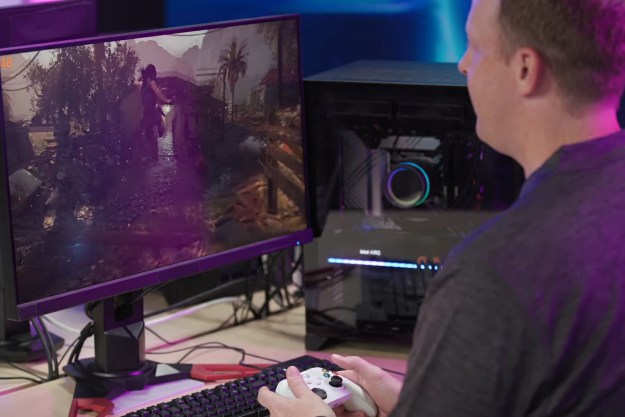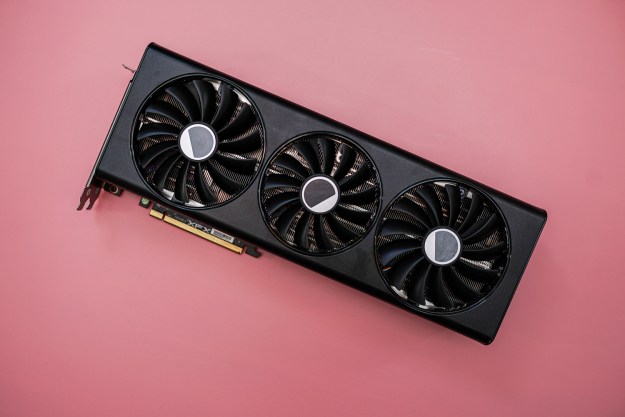
In a short filing with the Securities and Exchange Commission, chipmaker AMD has revealed that it plans to write down a significant amount of the investment it made to buy video graphics developer ATI. AMD acquired ATI in 2006 for over $5 billion, and has now concluded that the "current carrying value of its goodwill…was impaired." In other words, ATI isn’t worth as much today as AMD thought it was when it made the acquisition.
So far, AMD is not being specific about the size of the write-off, saying only that it is unable to make an estimate in good faith. However, AMD executives will no doubt face tough questions from analysts and investors during a financial conference call today, and will no doubt be pressured to give more precise figures. Analysts generally expect a significant balance sheet adjustment, but doubt it will have a major impact on AMD’s cash holdings.
AMD has been facing difficulties with the ATI acquisition since Day One; ATI’s HD2000 video card line was delayed, and the company has alluded to significant issues with an unnamed mobile developer using ATI technology. AMD has also faced delays with its Quad Core Opteron line, and has lately been lagging behind chipmaker Intel in moving new products to the marketplace. AMD recently soldl an 8.1 percent stake in the company to a UAE investment firm for $622 million.
Editors' Recommendations
- AMD’s graphics card sales just took a nosedive
- AMD’s canceled GPU could have crushed Nvidia
- AMD’s upcoming APUs might destroy your GPU
- AMD Zen 5: Everything we know about AMD’s next-gen CPUs
- AMD’s next-gen CPUs are much closer than we thought


